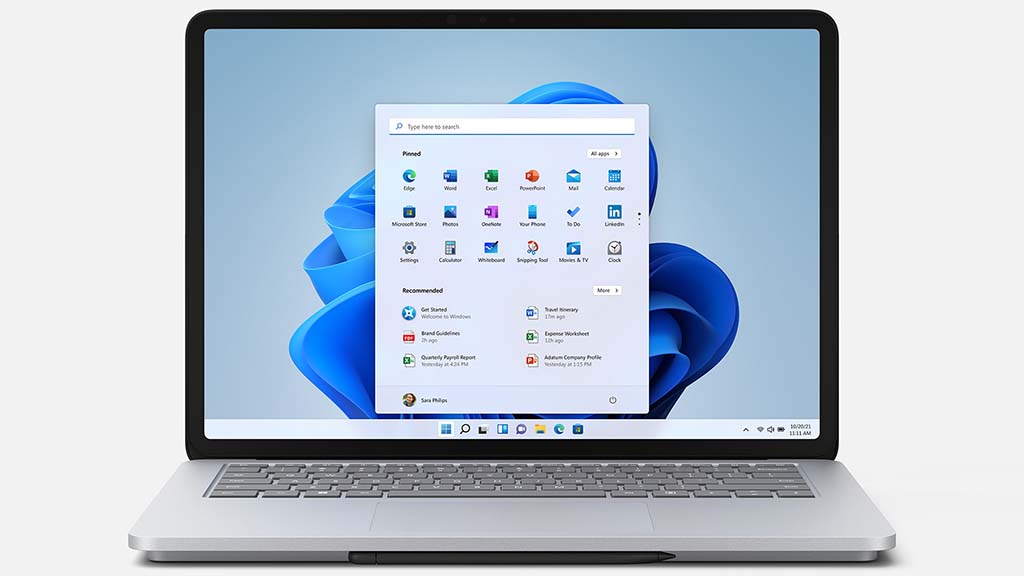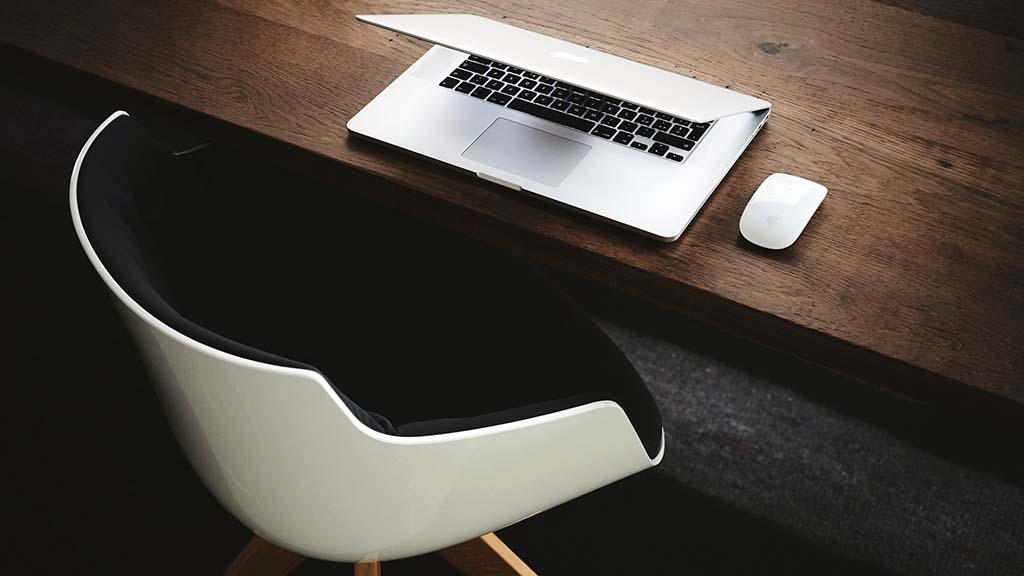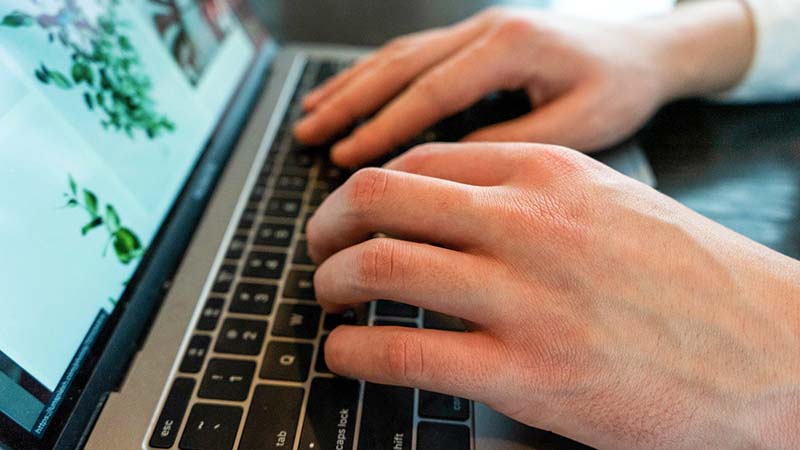How many times have you been troubled due to the blue screen of death on your computer? How often do you find yourself frustrated with your laptop because it is too slow to work on or play games? Some of you would have experienced this many times.
Well, these problems occur because your computer may not be configured correctly, or you might have enabled unnecessary settings. Whatever it may be, it will directly affect the performance of your PC, and further, it will make you feel about breaking it into pieces.
But before you do anything like that, here are some simple tricks that can help increase the performance and speed of your machine. This article will talk about just a few most important techniques.

Uninstall/disable programs from startup
Most users do not think much about what programs or services they have to stop at startup or which ones to start after rebooting computers. It is one of the simplest things you can do, which will help increase the speed and performance of your system while booting.
Disable or uninstall the programs which are not required.
To do this, follow the instructions below:
- Open the Task Manager window.
- It will show all the programs taking up CPU power while starting.
- The one you want to stop holding your system is the one whose name has a “K” written next to it.
- K means that this program stops other processes from running until it finishes its work.
The same should be done if any application or software consumes much memory or CPU usage at startup.
Disk defragmentation & optimization
By using the windows disk defragmenter tool, you can automatically defrag your hard drives. It is very useful because the PC will take more time to read and write your data if you don’t do it.
Thus, defragmenting your hard drive will increase the performance of your system while booting and doing something else.
To open the Windows disk defragmenter tool, click on “Start” from the bottom left-hand corner of the screen. Then go to Accessories>System Tools>Disk Defragmenter.
Here you can see your hard drive on which you have to run the defragmentation process. To do this, follow these instructions:
- Click on it once and then go to the “Analyze” option.
- Click on it again to check whether the defragmentation has been done or not.
- If it is done, click on “Defragment now.”
If you want to defragment your hard drive regularly, go to “Settings” and select the option weekly.
Remove old programs & drivers
As Windows updates itself, old programs and drivers also tend to make your system slow while booting. It will not be an issue if you have a very small number of programs installed on your system. But if you have tons of applications, uninstall all unnecessary ones. In some cases, you might also have bloatware, which strains your computer resources and offer very little benefits.
For this, open your control panel and click on “Add or remove the program.” Now you can see all the programs installed on your computer. Just select them one by one and uninstall them.
Further, you must have noticed that some applications icons appear on the desktop even after deleting them. It happens because they are not completely uninstalled from the system.
Stop background updates
Microsoft pushes these updates, and they are completed in the background. It is not a very useful task, as it consumes a lot of bandwidth and increases your internet charges.
These updates can be stopped or disabled using the windows update option itself. Go to Settings> Update & Security. You can now see many options here. Just click on the “Never check for updates” option under ‘Advanced options.’
Use Ethernet cables
Using the Ethernet cables to connect to the internet will surely increase your system performance. Ethernet cables are the best option for better download speeds, and it also helps you in increasing the transfer rate of files from one device to another.
If you have not enabled Ethernet on your computer, you can go to the network connections section of the control panel and click on setup new connection.
It will help you detect and install drivers for network cable. You can also make changes in the properties of your network adapter from here.
Use VPN to prevent ISP Throttling
Some internet service providers deliberately implement throttling to optimize the performance in case of heavy usage. They do this so that few users get off the internet and the speed gets restored.
VPNs (Virtual Private Networks) provide a secure and encrypted virtual connection between your computer/phone and the website you want to access. Thus, it becomes difficult for ISPs to track what you are doing on the web. Therefore, they cannot throttle your speed as the VPN for PC protects it. Why? Well, if they target bandwidth-heavy activities, they won’t exactly know when you engage in them. Such activities that ISPs tend to slow down are online gaming and streaming. If you frequently perform these activities and notice significant performance drops, a VPN could be the solution.
Conclusion
Following the above tricks will surely make a difference in your system performance. You will no longer face the lagging and freezing problems. These are the best ways to increase PC performance. These tips for pc will surely help you in optimizing your PC.







